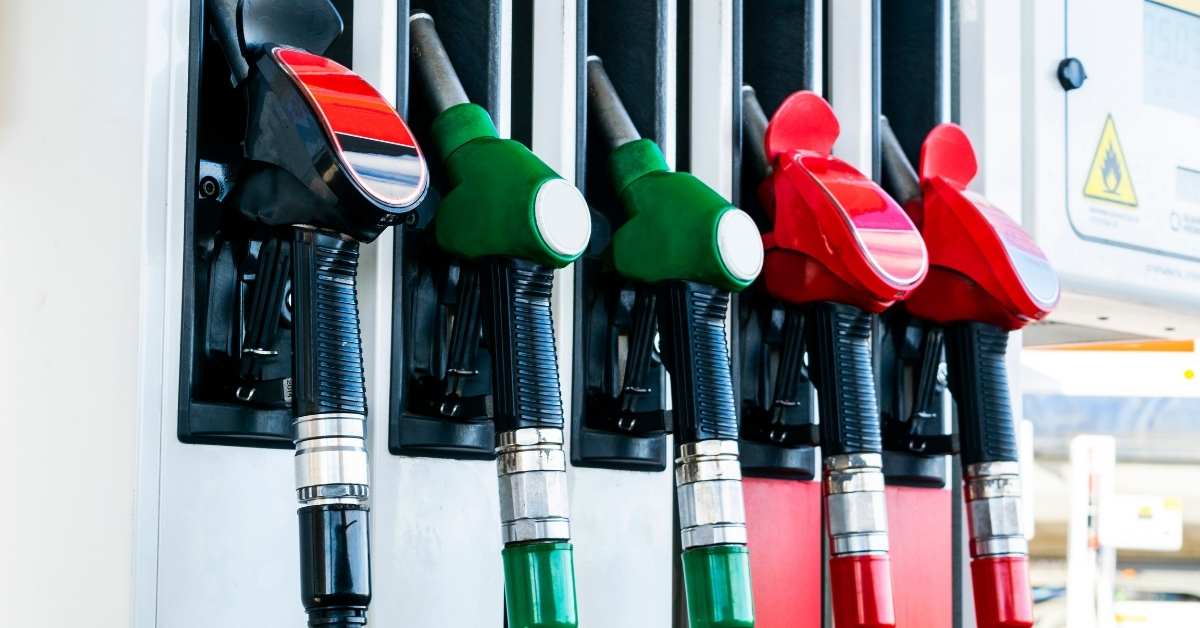
Retailers have been faced with serious challenges over the past few years – a store-shuttering pandemic, unending manufacturing delays, and now a serious cost increase in final mile delivery due to the hike in gas prices. So how are some retailers still thriving in this competitive landscape?
If final mile costs were cutting into margins before, the recent hike in gas prices may be ready to send some retailers into the red. But innovative retailers are turning this into an opportunity to get ahead of a long-term strategy for higher fulfillment margins.
Here are some of the ways retailers are using Distributed Order Management (DOM) to reduce final mile burden and capacity constraints.
Setting ship from store as the preferred (priority) fulfillment method
Retailers are routing orders to stores for fulfillment before routing to warehouses, 3PLs, and distribution centers. This strategy (powered by distributed order management) gives brands a competitive advantage for several reasons.
Here’s how retailers are winning with a ship-from-store first approach:
- Prevent overwhelming warehouses, so they can meet Service Level Agreements (SLAs) and deliver to customers on time (or even earlier than expected!)
- Reduce high costs associated with storing and shipping products from 3PLs
- Owned distribution centers can flex as inventory and business needs ebb and flow vs relying heavily on forecasting needs and committing to contracts with 3PLs
- Maximize real estate investments by utilizing store square footage for multiple purposes
- Keep store associates productive even when store traffic is slow
- If gift wrapping or other specialty packing processes are needed, the brand is in control of quality vs relying on a 3PL
- Setting capacity at the store and warehouse level, so DOM rules can automatically select the best store or warehouse to ship from if the first best node has met capacity for the day
Using geolocation to fulfill orders from the location closest to the customer
Which fulfillment location is closest to the delivery address? Retailers are using this distributed order management technology to zero in on the optimal fulfillment node.
Here’s how geolocation helps retailers:
- Orders can be routed to the closest fulfillment center to the customer’s shipping address, allowing for shorter delivery times.
- Delivery cost savings by routing orders to fulfillment centers that are closest to the customer’s shipping address.
- Reduce overall carbon footprint by delivering closer to the customer and using less fuel.
- Even if the nearest fulfillment location (whether store or warehouse) has been turned off by store or warehouse employees, smart routing will use geolocation to select the next best fulfillment location.
Consolidating multi-item orders into a single shipment
Retailers use distributed order management for ship complete, fill or kill, and consolidate rules to ensure orders are all shipped at the same time in a single package when possible.
Consolidation helps both fulfillment margins and sustainability by:
- Reducing the number of shipments per order reduces delivery charges for retailers
- Reducing the amount of packaging material needed to fulfill an order reduces waste
- Reducing carbon footprint by using less fuel to fulfill orders
Summary
Investing in owned fulfillment technology and assets like distributed order management and ship from store puts retailers in a position of control as markets shift and the cost of outsourced distribution activities increases.
Curious how retailers on Shopify, Shopify Plus, Salesforce Commerce Cloud, and Adobe Commerce Cloud are using distributed order management as a competitive advantage? Let's talk! 